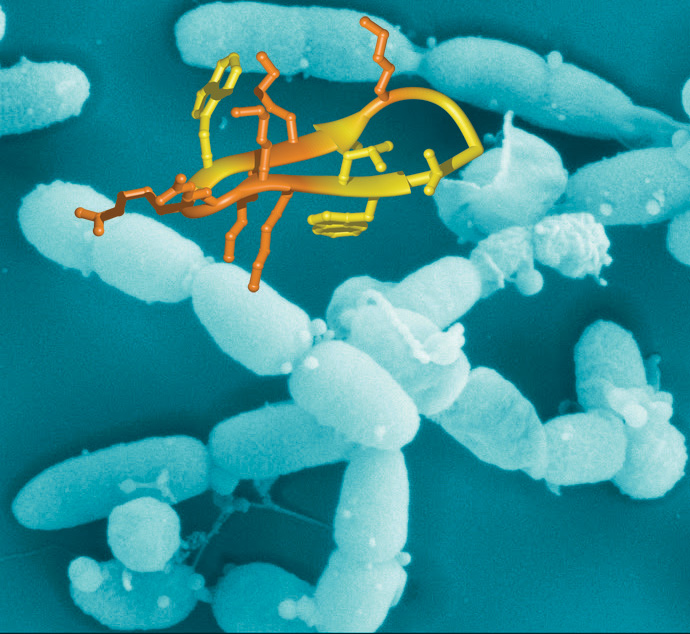Research promises better tuberculosis treatment

Scientists at the Federal Institute of Technology in Lausanne (EPFL) aim to bring a long-forgotten tuberculosis drug back into the limelight to more effectively treat a disease which is killing more than one million people every year.
Tuberculosis is a global threat to public health, and is becoming increasingly untreatable because of widespread resistance to the most effective anti-tubercular medicines such as isoniazid and rifampicin.
Steward Cole and his colleagues at the EPFL’s Global Health Institute are betting on pyridomycin, a compound that was abandoned in the 1950s when the discovery of streptomycin and isoniazid led doctors to believe that control of the epidemic was in sight.
Only a few years later, the bacterium started to develop resistances. Scientists have to look for new approaches to tackle the disease, which is thought to have infected about a third of the population worldwide. Almost all patients infected with drug-resistant strains of the disease are expected to die unless researchers find alternatives.
The EPFL scientists found that a single gene mutation is responsible for drug resistance. Their research also showed that pyridomycin kills the bacteria by depleting an acid that is an essential component of the bacteria’s cell wall, said Cole, who is a co-author of a study that will be published by the European Molecular Biology Organization.
Pyridomycin, which is itself produced by a type of bacteria, also uses same mechanism to kill the bacteria as the main existing drug. As it binds to the target in a different place, however, it promises to trigger less cross-resistance as existing drugs, Cole explained, adding that the currently resistant strains are still susceptible to pyridomycin.
“Pyridomycin kills M. tuberculosis by bursting the bacteria’s walls,” Cole told swissinfo.ch. “This also works in bacteria resistant to existing treatments and thus provides a promising basis for the development of a promising tuberculosis treatment.”
Numerous microbes produce and secrete natural products with antibiotic activity to kill competing organisms. This source of chemically diverse compounds was exploited for the production of many medicines in the first decades of antibiotic development but was later abandoned.
According a comment by Gerard Wright from the M.G. DeGroote Institute for Infectious Disease Research at McMaster University in Hamilton, Canada, the EPFL research is an “important breakthrough”. Wright said that ‘old’ antibiotics are worthy of a renewed look with fresh eyes to fight drug resistance.
“Revisiting ‘old’ or abandoned antimicrobial scaffolds to identify new targets and thereby rejuvenate medicinal chemistry campaigns offers a creative approach to bridging the antibiotic innovation gap,” Wright wrote in the comment also published in EMBO Molecular Medicine.

In compliance with the JTI standards
More: SWI swissinfo.ch certified by the Journalism Trust Initiative














You can find an overview of ongoing debates with our journalists here . Please join us!
If you want to start a conversation about a topic raised in this article or want to report factual errors, email us at english@swissinfo.ch.